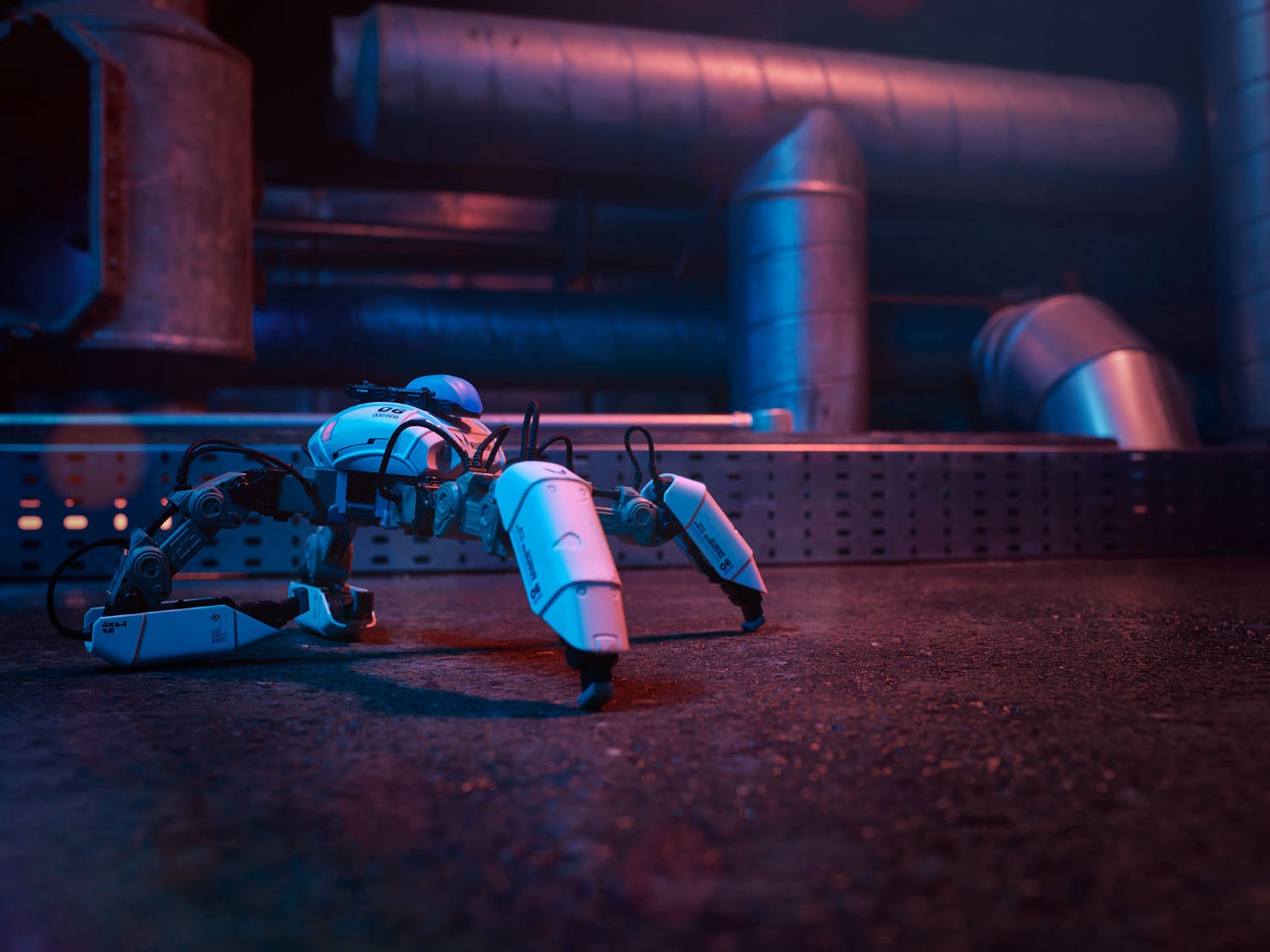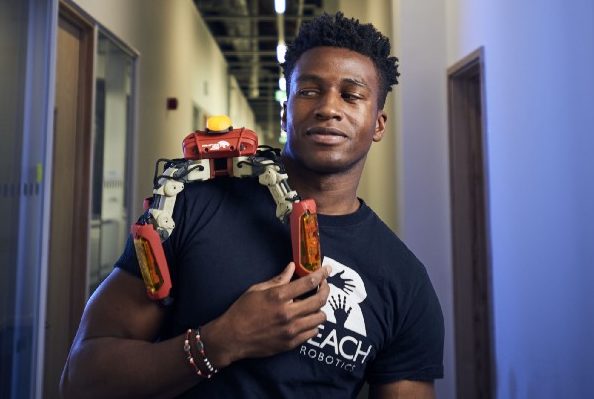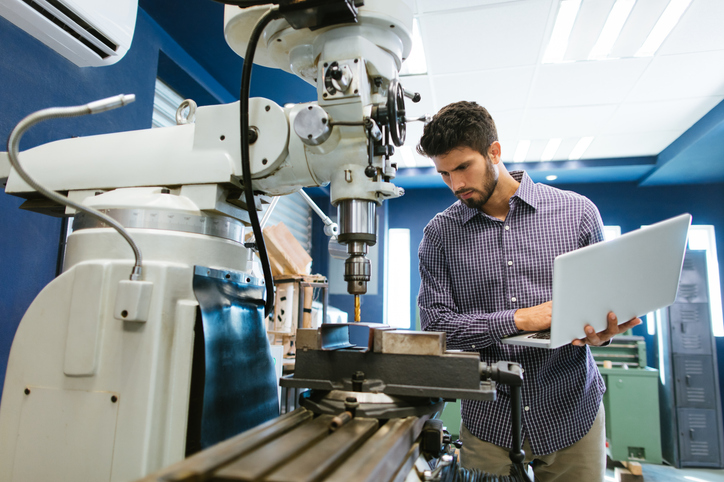From classic arcade games to the portable GameBoy, video games have revolutionised the world of interactive entertainment for generations now. Yet most people are unaware of how big the industry has become. Successful games cost less to produce than the average Hollywood blockbuster yet gross far more in sales. In 2009, video game sales hit the £4 billion mark, surpassing DVD and music sales combined, and were more than four times the cinema box office takings.
The prominence of mobile games has democratised the once hallowed world of gaming, and refreshed gamer culture in many ways, but a common criticism facing players and developers is that technology is shutting more people in and taking communications online.
Enter MekaMon, a new gaming robot that combines real-world interactions with strong storytelling and skills-based battle; the staples of any good video game.
MekaMon is the brainchild of Reach Robotics, a Bristol-based start-up headed up by CEO Silas Adekunle. After four years of research, testing, re-testing, and tweaking, the MekaMon is now finally ready for the market, starting with Apple stores in the US and UK.
As a Robotics student, biology enthusiast, and MMO (massively multiplayer online) PC gamer, Adekunle saw the opportunity to create something that combined all three of his interests in a way that could excite even the most discerning tech-inclined gamers, while bringing back the reality in augmented reality.
“This is a whole new category we’re introducing and leading. When something’s new, our first instinct is to try and compare it to what we know. But this is something completely new,” he tells GrowthBusiness.
Through gaming, Adekunle believes people are trying to fulfil a fantasy, whether through role-playing games, where characters wield weapons or powers, or through strategy and communication team games. “In MekaMon’s case, the fantasy is that this robot is my character, and I need to win in battle using strategy.”

MekaMon totally immerses the player by putting their four-legged robots into battle in both the physical and virtual worlds through an augmented reality mat.
“MekaMon straddles both the real and virtual worlds while taking the gaming experience beyond a player’s screen and turning their sitting room into a limitless robotic battle zone. MekaMon represents a quantum leap forward in the leveraging of augmented reality. Players can whip out their smartphone to battle their multi-functional, connected battlebots in the physical and virtual worlds at the same time.”
The robots can be synced to an iOS or Android smartphone via the MekaMon app. Powered by the smartphone app, MekaMon robots connect to each other via infrared signals and players’ phones connect to each other over Bluetooth, allowing friends to battle against each other.
But single-player experience is crucial, Adekunle adds.
“Realistically we had to prepare for the fact that people may only buy one robot at a time. So the question for us was how to make the single-player experience engaging. as well as offering arcade-style and co-operative game-play,” he says.
For the single user, the augmented reality function allows them to battle AI bots on the smartphone. They choose their battleground, and whether their bots will be more on the offence or defence when it comes to their attack style. Bots can only attack each other when in line of site.
“Each MekaMon has four sensors, so if the bots aren’t facing each other, they can’t attack or defend themselves. During battle, they can move around the room and even hide behind furniture as part of the strategy,” Adekunle explains.
“By fusing robotics, reality-bending technology and competitive play, we’re offering players a new twist on hardware and video games.”
MekaMon also plays up two of the biggest pulls of gaming; bragging rights and customisation. A MekaMon robot can be customised to suit a user’s individual playing style, adding weapons or shields to create more aggressive or defensive capabilities. It’s also fully modular, Adekunle adds. “There’s definitely room for expansion since it’s completely modular. The shield have stats attached to them as well, so the scoring system depends on strategy and attack tactics.”
“In a way, it’s a combination of the physicality of laser tag and the strategy and skill of CCG (collectible card games).”
For Adekunle, the real world aspect of these highly agile and complex bots is its biggest strength. “AR games aren’t the best in terms of user experience in the long-run because players will be constantly looking at their phones. With AR headsets, the experience could be perfect, but the technology really needs to catch up.”
Adekunle’s MekaMon dream begin in 2013, when he was in the third year of his undergraduate robotics programme. “All I wanted to do was make cool robots. Sure, I did some work placements, and they were great, but that wasn’t my passion,” he says.
The first prototype was made of hand-moulded recycled plastic, had six legs and was, as Adekunle put it, “creepy.”
“After I made the first prototype I realised it really wasn’t for the consumer market. I decided to build on it, bring in a CTO, my co-founder, Chris Beck, who was a PhD student. We’re grown from there to a 30-person team, most of whom are developers and engineers.”
Even with a few hiccups along the way, Adekunle decided to pursue his passion for building the ultimate gaming bot, and the world is better for it.






